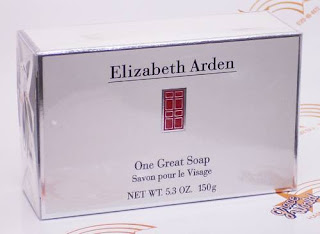Turns out I have gotten such a good fashion-history lesson from this book I am reading (the one about the crazy & adventurous French lady I told you about).
Before Magda (the heroin of the book a.k.a crazy French Lady) was hired to be a spy in the middle east by the Brits, she had moved to Paris in the early 1920's to work as an interior designer. Her sister in law, used to be "first seamstress" for none other than Madeleine Vionnet.
Madame Vionette came from a working class family. She was forced to quit school when she was only 12, at which time she learned confection and cutting. She then worked for various famous houses until she set up her own boutique in 1912 sur la Rue Rivoli.
Vionnet is credited with "inventing" diagonal cut, and the ruched and draped detail in dresses which is so indispensable in fashion to date. She was also one of the first people to give her employees lunch breaks and vacation time way before the law imposed it.
 |
| House of Vionnet circa 1939 |
 |
| Vionnet Fall/Winter 2012 |
During the early 1920's Madame Vionnet along with Gabriel(a.k.a Coco) Chanel, and Jeanne Lanvin were merely just beginning to make a name for themselves. These three designers had found a niche market in wealthy women who appreciated the quality and uniqueness of haute couture.
 |
| Lanvin Fall/Winter 1926-27 |
 |
| Lanvin Fall/Winter 2012-13 |
Coco Chanel had a small boutique in which she sold her now sooo famous hats (and imported accessories and bags). She started off with only a few pieces of couture:
 |
| Chanel 1926 |
 |
| Chanel 1950's |
 |
| Chanel 1960's |
We also know how Chanel is given credit for helping make pearls an "in" thing back then. Women would wear up to 6 strings of pearls at a time if not more.
What I did not know was that because Chanel could not wear all the expensive jewelry her lovers gave her in public, she only usually wore fake jewels. She would claim she preferred fake jewelry because she found them provocative and also found it a shame to wear real gems when there was so much poverty around her (since this was right after World War I). Furthermore, she said wearing expensive jewelry made a woman an object of wealth, and that the point of jewels was to adorn a woman and not to make her rich.
Elizabeth Arden had also set up her first SPA in the U.S. as women had started to take an interest in skin care and beauty quite seriously.
This was particularly interesting to me as my crazy sister, God bless her soul, made me start using facial products at the age of nine. She instructed that I start washing my face every night with Elizabeth Arden's "One Great Soap" and applying an Elizabeth Arden tonic to finish clearing out impurities. When I got to my teens I graduated to Biotherm, and have since moved on to Lancome (all under her instruction). I will mention that my sister is 40 and looks 25. She knows what she's talking about.
She also mentioned that when she would have her first child she would only bathe him with "one Great Soap"... Obviously she forgot about this because the "The Pinkus" was bathed with Johnson & Johnson.
This was particularly interesting to me as my crazy sister, God bless her soul, made me start using facial products at the age of nine. She instructed that I start washing my face every night with Elizabeth Arden's "One Great Soap" and applying an Elizabeth Arden tonic to finish clearing out impurities. When I got to my teens I graduated to Biotherm, and have since moved on to Lancome (all under her instruction). I will mention that my sister is 40 and looks 25. She knows what she's talking about.
She also mentioned that when she would have her first child she would only bathe him with "one Great Soap"... Obviously she forgot about this because the "The Pinkus" was bathed with Johnson & Johnson.
The last piece of interesting information I learned was that mascara was invented by famous French perfumer Euguene Rimmel. He came up with mascara after he studied the colors and protective greases American Indians used on their faces, which is basically what we wear on our eye lashes. I love this because in Spanish (and I just learned in various other languages as well), no one calls mascara, mascara. We simply call it "rimmel". Now we know why!
** All vintage photos taken from metmuseum.org.


No comments:
Post a Comment